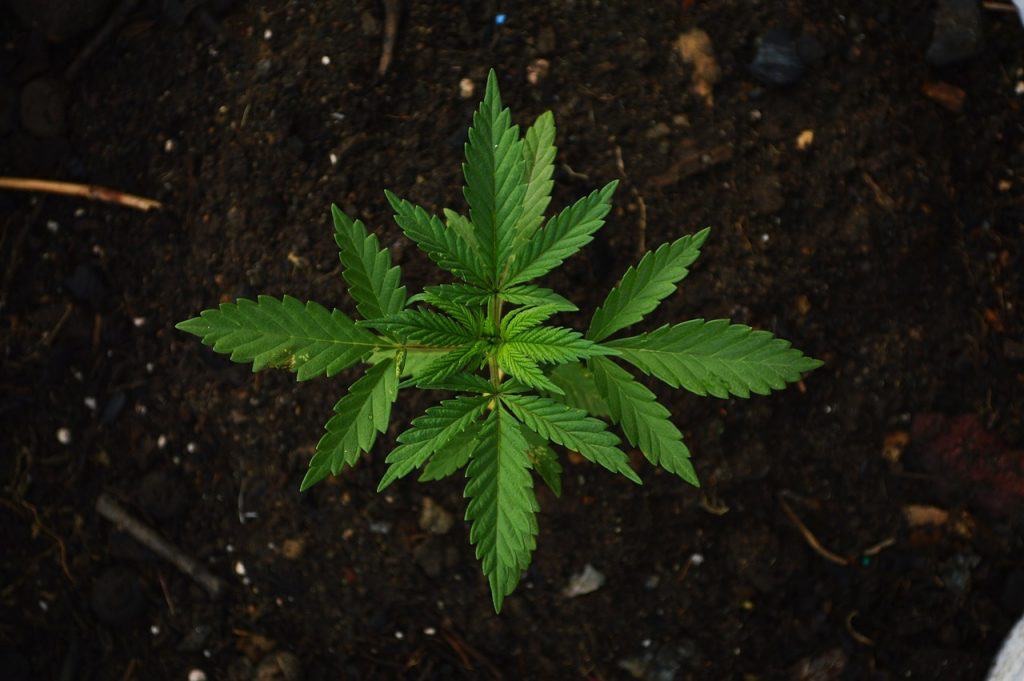Introduction
Hemp is a remarkable plant with a long history of use for its versatile fibers, seeds, and oils. Beyond its primary products, hemp also generates various by-products that offer a range of applications across multiple industries. From construction materials to skincare, these hemp by-products are proving to be valuable, sustainable alternatives to conventional resources. In this blog, we explore the most common hemp by-products and their innovative uses.
What Are Hemp By-Products?
Hemp by-products are materials produced from the different parts of the hemp plant that are not used for primary purposes like fiber, seed, or CBD oil production. These by-products include hemp hurds, hemp seed cake, hemp protein, hemp oil, and even hemp biomass. Each of these has its own unique properties and can be utilized in diverse industries, from food and wellness to construction and textiles.
Common Hemp By-Products and Their Uses
1. Hemp Hurds
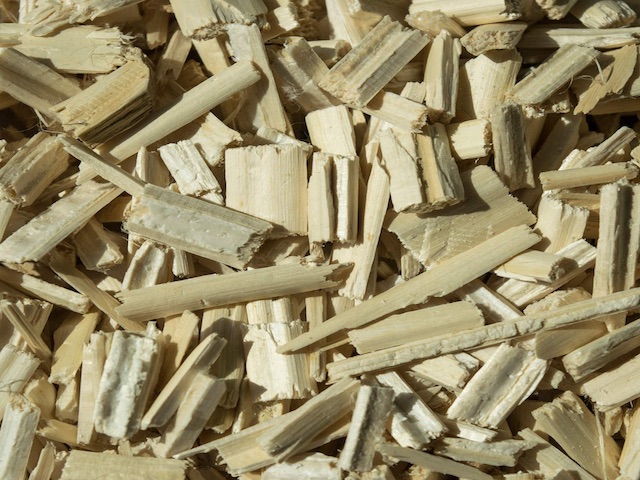
Hemp hurds, also known as hemp shives, are the inner woody core of the hemp stalk, left over after the outer fibers have been extracted.
Uses of Hemp Hurds
- Hempcrete: One of the most popular uses of hemp hurds is in the production of hempcrete, a lightweight, insulating, and fire-resistant building material. Hempcrete is made by mixing hemp hurds with a lime-based binder, offering a sustainable alternative to traditional concrete.
- Animal Bedding: Hemp hurds are excellent for animal bedding due to their high absorbency, low dust content, and natural antimicrobial properties. They are suitable for pets, livestock, and horses.
- Mulch and Garden Additives: Hemp hurds can be used as mulch to retain moisture, suppress weeds, and enrich soil with organic matter in gardening and landscaping.
2. Hemp Seed Cake
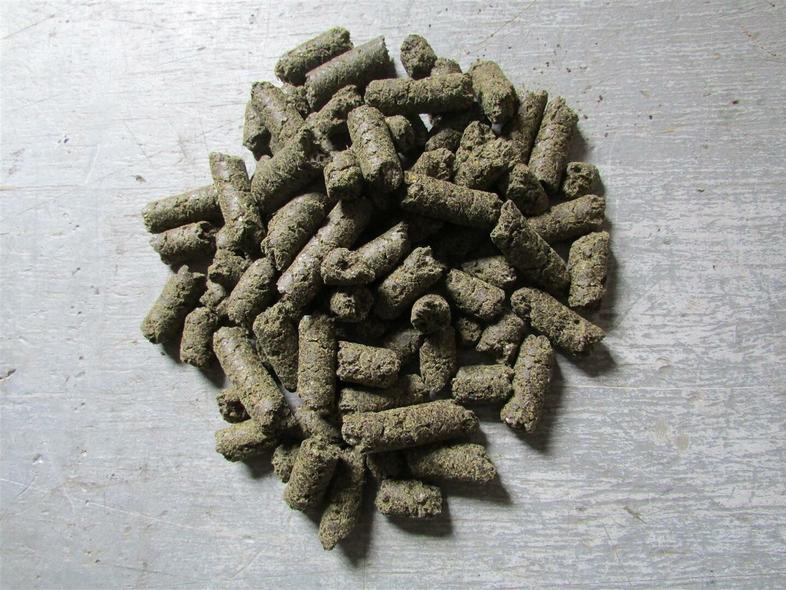
Hemp seed cake is the by-product left after hemp seeds have been pressed to extract oil. It is rich in protein, fiber, and essential nutrients.
Uses of Hemp Seed Cake
- Animal Feed: Hemp seed cake is a nutritious addition to animal feed, providing a high-protein, high-fiber option for livestock, poultry, and aquaculture.
- Fertilizer: Due to its rich nutrient content, hemp seed cake can be used as an organic fertilizer, enhancing soil fertility and promoting healthy plant growth.
- Human Consumption: Processed into hemp protein powder, it is used in health supplements and as a plant-based protein source in various foods.
3. Hemp Fiber

Hemp fiber is the outer, fibrous layer of the hemp stalk. While primarily used for textiles, it generates by-products that are valuable in other industries.
Uses of Hemp Fiber By-Products
- Textiles and Fabrics: The main product of hemp fiber, but shorter fibers and waste can be used for making twine, ropes, and biodegradable composites.
- Paper Production: Hemp fiber waste can be used in paper manufacturing, offering a sustainable alternative to wood pulp, with a lower environmental impact.
- Biofuel: Hemp fiber residues can be processed into biofuel, offering an alternative energy source that is renewable and has a lower carbon footprint.
4. Hemp Oil By-Products
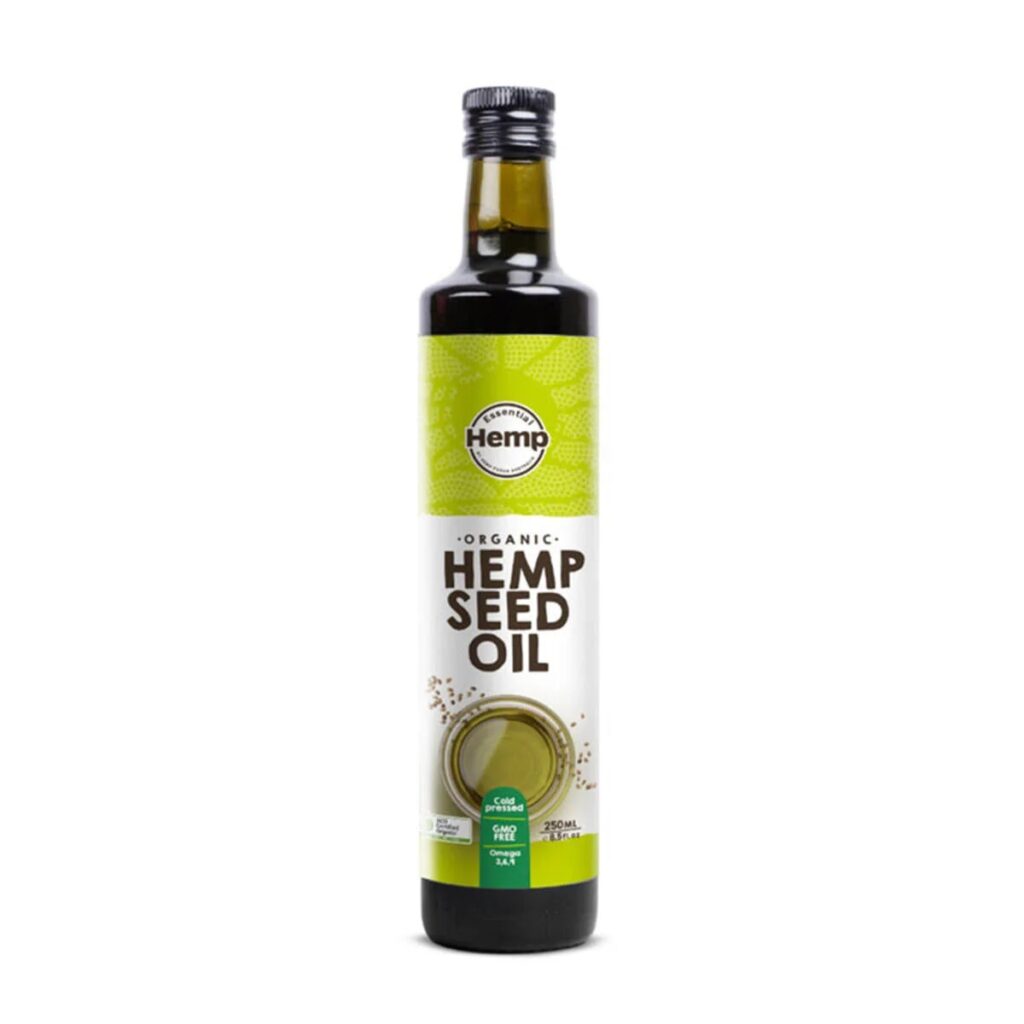
Hemp oil is extracted from hemp seeds and is rich in omega-3 and omega-6 fatty acids. While the oil itself has many uses, its by-products are also valuable.
Uses of Hemp Oil By-Products
- Skincare Products: The residual oil from hemp seeds is often used in skincare products due to its moisturizing and anti-inflammatory properties. It is found in lotions, creams, soaps, and shampoos.
- Pet Products: Hemp oil is used in pet foods and supplements for its nutritional benefits, supporting skin health and joint mobility.
- Industrial Lubricants and Paints: Hemp oil can be processed into various industrial products, including lubricants, paints, and varnishes.
5. Hemp Biomass
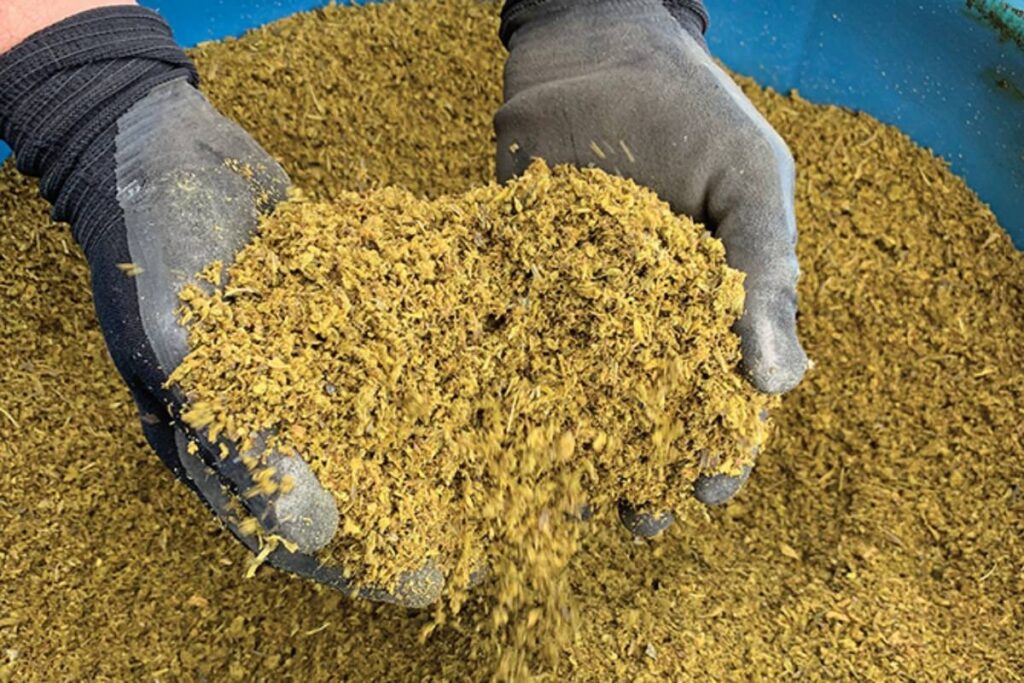
Hemp biomass refers to the leaves, stalks, and flowers left after the harvest of hemp for fiber, seed, or CBD. This by-product can be repurposed in several ways.
Uses of Hemp Biomass
- Biofuel Production: Hemp biomass can be converted into biofuel, including ethanol and biodiesel, offering a renewable energy source that reduces dependence on fossil fuels.
- Compost and Soil Amendments: Hemp biomass can be composted or processed into soil amendments, enriching soil with organic matter and promoting sustainable agriculture practices.
- Extraction of Minor Cannabinoids: Biomass from hemp flowers can be used to extract minor cannabinoids like CBG (cannabigerol) and CBC (cannabichromene), which have their own unique therapeutic benefits.
6. Hemp Dust
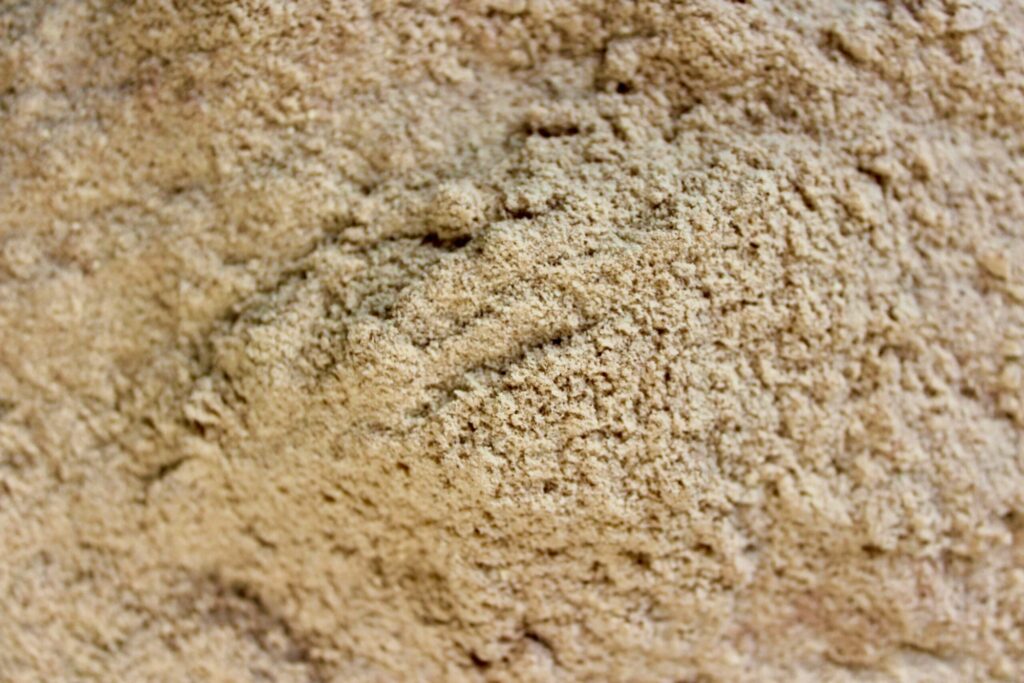
Hemp dust is a fine particulate by-product that is produced during the processing of hemp fibers.
Uses of Hemp Dust
- Animal Feed and Bedding: Hemp dust can be mixed with other feed materials or used as a low-cost, biodegradable bedding option.
- Bioplastics and Composites: Due to its high cellulose content, hemp dust can be used to manufacture bioplastics and composite materials, providing an eco-friendly alternative to petroleum-based plastics.
Benefits of Using Hemp By-Products
1. Sustainability
Hemp by-products are derived from a renewable, fast-growing plant, making them a sustainable choice. Using by-products maximizes the utility of the entire plant, reducing waste and minimizing environmental impact.
2. Versatility
The wide range of applications for hemp by-products demonstrates their versatility across various industries, from construction and agriculture to health and wellness.
3. Economic Potential
The utilization of hemp by-products can open up new markets and create economic opportunities for farmers, manufacturers, and entrepreneurs, contributing to a more diversified and resilient economy.
Conclusion
Hemp by-products offer a sustainable, versatile, and valuable solution to many of the challenges facing various industries today. By making use of every part of the hemp plant, we can reduce waste, lower environmental impact, and create a wide range of eco-friendly products. As the hemp industry continues to grow, the innovative uses of these by-products will likely expand, providing new opportunities for sustainable development and economic growth.


